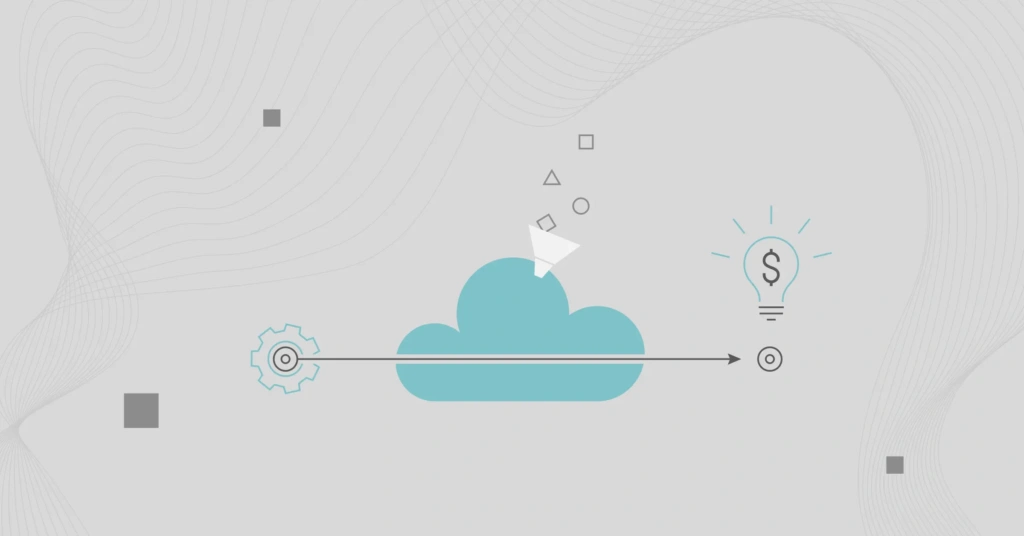Cost optimization within cloud services is not just about cutting services; it’s about investing resources wisely to achieve greater efficiency and growth.
Amazon Web Services (AWS) continues to be a leader in providing solutions that help businesses manage and optimize their cloud spending. This guide aims to guide you through the complex world of AWS cost management, highlighting key indicators and tools essential for keeping your cloud expenses in check.
Understanding AWS Pricing Structure
The AWS pricing structure is designed to offer flexibility and scalability, catering to a wide range of business needs and usage patterns. It primarily consists of three models: On-Demand, Reserved Instances, and Spot Instances.
On-Demand Instances
The On-Demand pricing model allows users to pay for compute capacity by the hour or second with no long-term commitments, offering maximum flexibility. This model is ideal for projects with unpredictable workloads or for those who are testing new applications.
Reserved Instances
Reserved Instances provide a significant discount (up to 75%) compared to On-Demand pricing, in exchange for commitment to use a specific instance type in a particular region for a one or three-year period. This option suits users with predictable workloads and can lead to substantial cost savings.
Spot Instances
Spot Instances present another cost-saving opportunity, allowing users to bid on unused AWS capacity at a potentially lower price. These instances are perfect for applications with flexible start and end times, or those that can withstand interruptions.
However, they require a more sophisticated management strategy as they can be terminated by AWS with little notice if demand rises.
Understanding these pricing options and how they align with specific workloads requirements is crucial in optimizing costs. By selecting the right combination of these services, businesses can significantly reduce their AWS expenses while maintaining the performance and scalability they require.
Key Indicators For Cost Optimization On AWS
One of the primary indicators for cost optimization in AWS is the identification of underutilized resources. Regularly monitoring and analyzing resource utilization helps in identifying instances, storage, or services that are not being fully utilized, thereby presenting opportunities for downsizing or termination.
This not only helps in reducing unnecessary costs but also in streamlining infrastructure for efficiency. Additionally, keeping a close watch on traffic patterns is essential. Understanding these patterns enables businesses to scale resources dynamically, aligning closely with actual demand. This adaptive scaling prevents over-provisioning and under-provisioning, thus optimizing costs.
Another crucial indicator is the importance of scalability and elasticity in managing spend. AWS’ ability to scale services up and down based on demand is a key feature for cost optimization.
Implementing auto-scaling and elastic load balancing ensures that resources are automatically adjusted according to the real-time needs of the application, avoiding overpayment for idle resources.
By leveraging these AWS features, businesses can ensure that they are only paying for what they need, when they need it, leading to a more cost-effective and efficient cloud environment.
AWS Native Tools For Cost Optimization
AWS offers a comprehensive set of tools meant for cost optimization, each designed to address different aspects of cost management in the cloud. These tools, ranging from cost analysis to budgeting and performance recommendations, and are integral for businesses to effectively monitor, control, and optimize their AWS spending.
By utilizing these tools, organizations can gain deeper insights into their cloud expenditure, enabling them to make informed decisions and achieve cost-effective cloud management. These tools include:
1. AWS Cost Explorer
Offers in-depth visualization and analysis of AWS spending and usage, helping users track patterns, forecast future costs, and identify areas for potential savings.
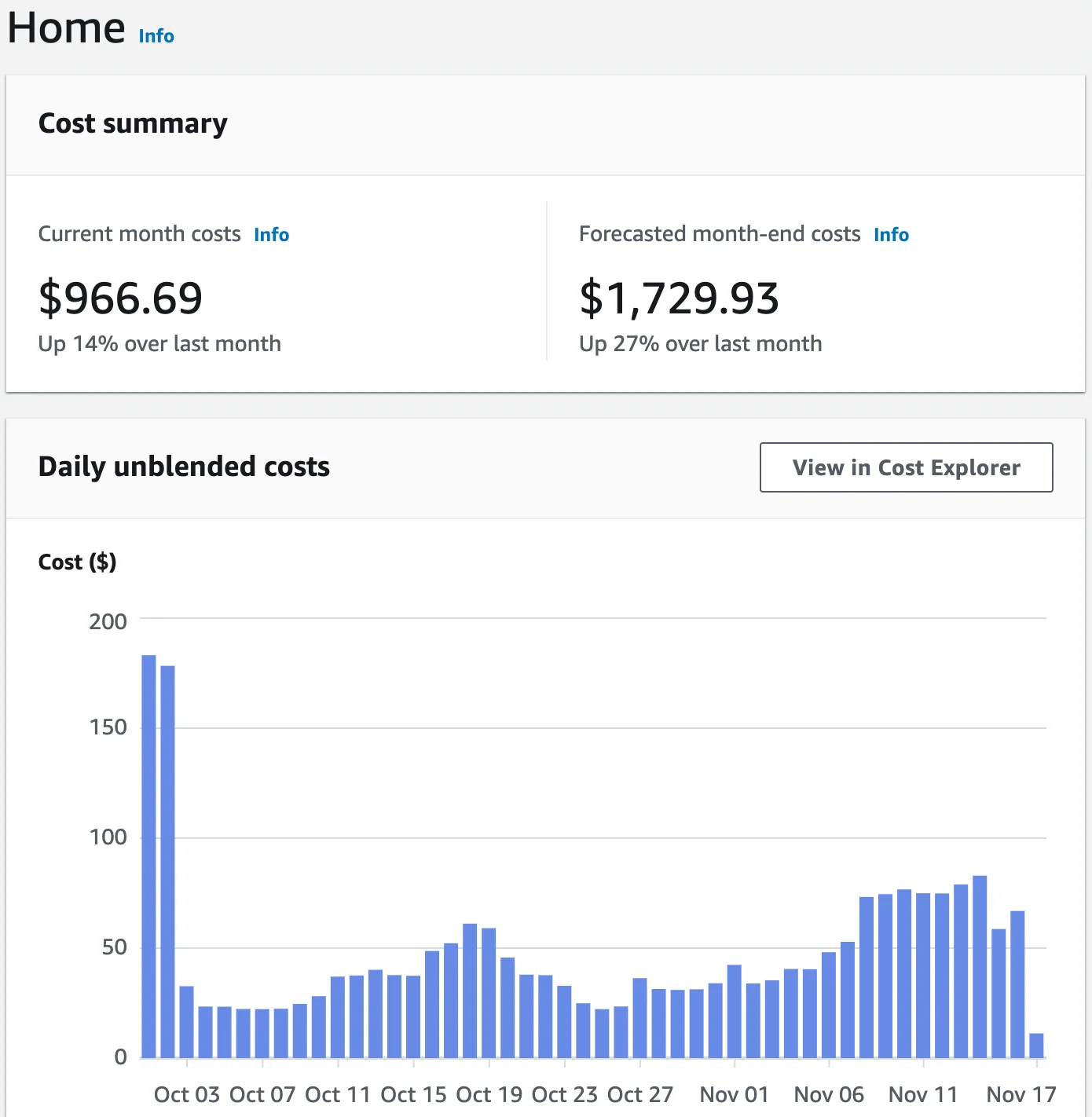
2. AWS Budgets
Allows setting of custom budget limits for AWS services, sending alerts when spending exceeds thresholds, which is crucial for preventing cost overruns.
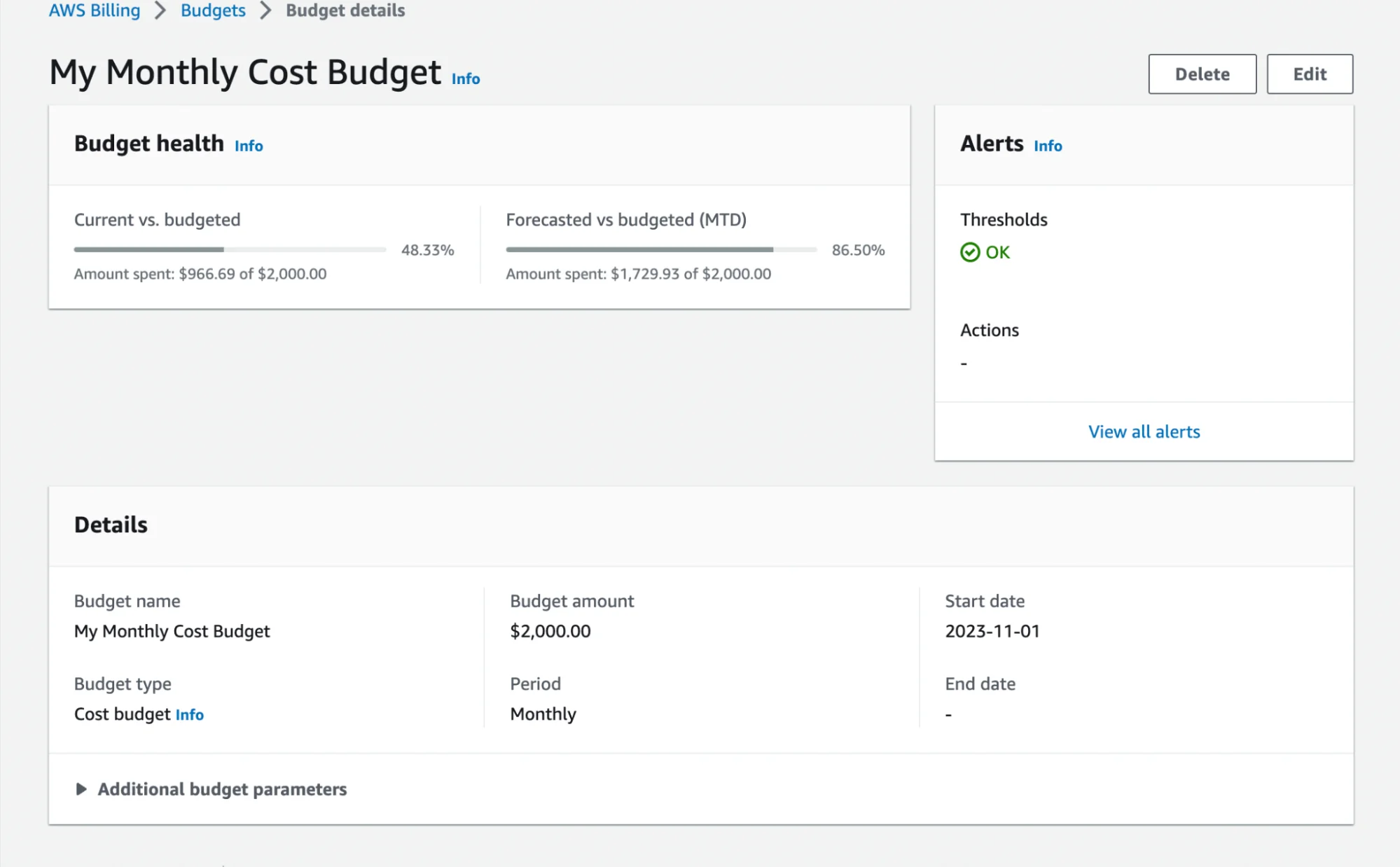
3. Trusted Advisor
Provides automated recommendations on reducing costs, enhancing system performance, and improving security, by analyzing the AWS environment for optimization opportunities.
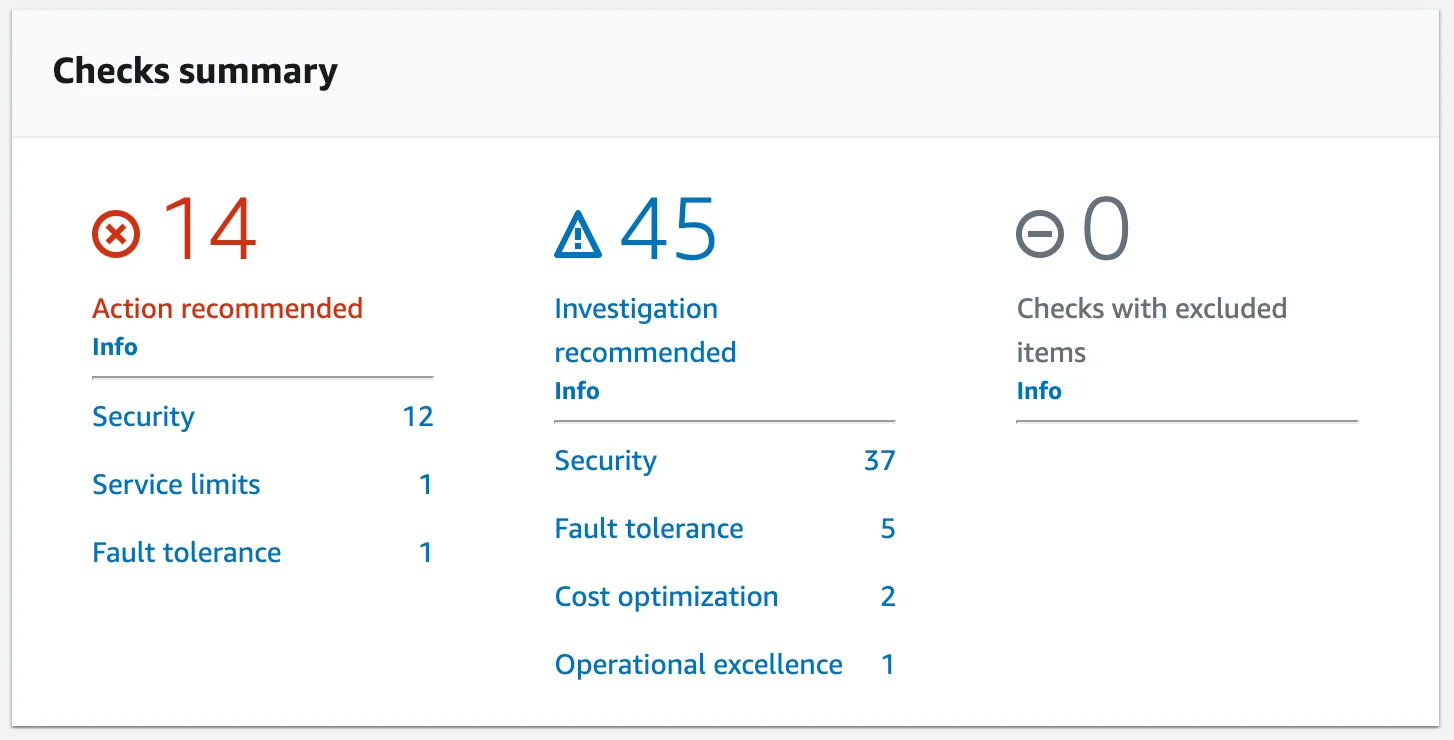
4. AWS Pricing Calculator
Enables estimation of costs for AWS services before deployment, assisting in effective budget planning and cost management.

5. Amazon CloudWatch
Monitors resource utilization and operational health, offering insights that can lead to optimized resource usage and cost efficiency.
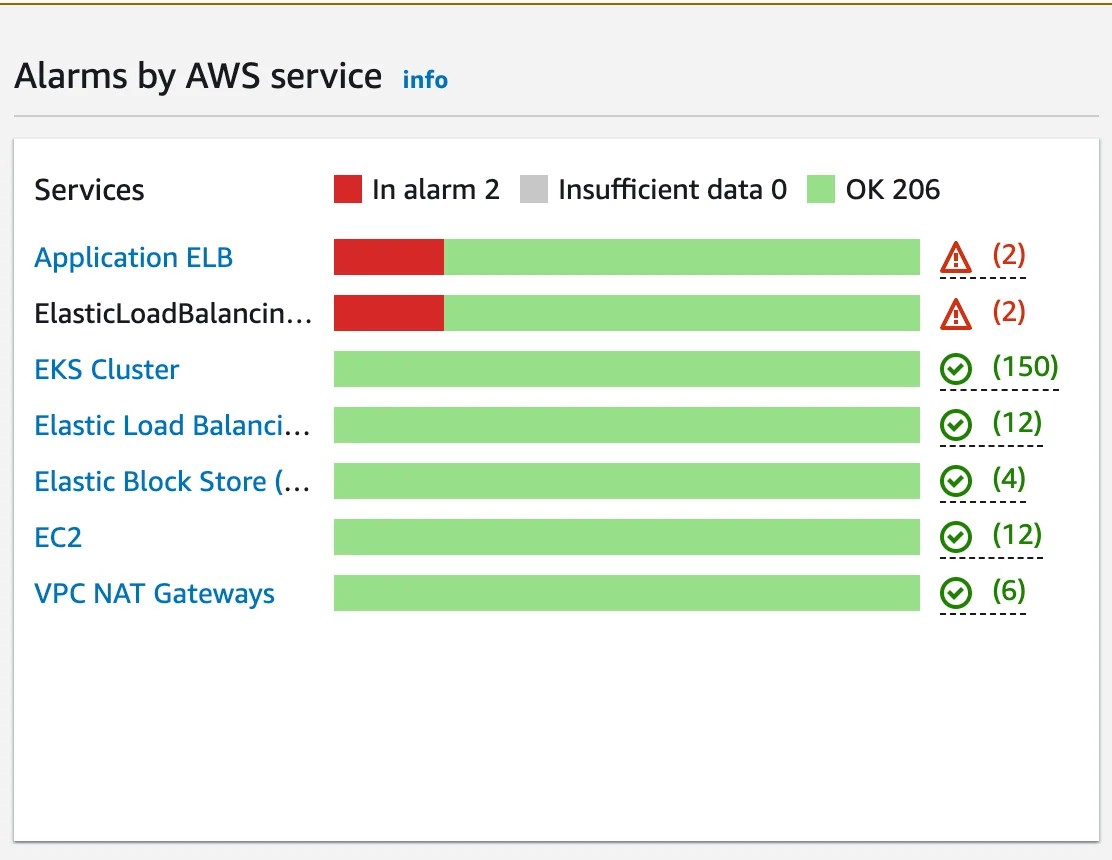
Strategies For Effective Cost Management On AWS
Effective cost management on AWS involves a multi-faceted approach, starting with regular audits of AWS usage and costs. Conducting these audits helps in identifying trends, spotting anomalies, and understanding the impact of operational decisions on expenses.
It is essential for businesses to continuously review and analyze their AWS spending to ensure that resources are being utilized efficiently and cost-effectively. Implementing a tagging strategy is another vital aspect of cost management.
While AWS Cost Management tools offer valuable insights, they also present certain limitations that businesses must work around. A key challenge is the dependency on thorough and accurate resource tagging, which is essential for detailed cost tracking and analysis.
Without consistent tagging practices, it’s difficult to achieve a comprehensive understanding of expenditure. Additionally, these tools are specifically tailored to AWS, which can be a limitation for organizations using a multi-cloud approach.
In navigating these challenges, the market offers a variety of solutions, but platforms like CloudZero stand out above the rest, providing a more comprehensive and adaptable approach to cloud cost management.
How Can CloudZero Help?
CloudZero has emerged as a pivotal platform in identifying key indicators for cost optimization within AWS, complementing the insights provided by AWS’ native tools with its own unique capabilities.
Specifically designed to cater to the complexities of cloud cost management, CloudZero offers real-time cost insights, breaking down expenses by services, teams, and features.
Being able to integrate itself into any cloud platform means that you’re not limited to using AWS, Azure, or any other cloud provider, and can instead make use of a multi-cloud architecture all while centralizing your spend into one pane of glass.
CloudZero’s budget and anomaly alerts further empower companies to stay on top of their spending, catching unexpected costs and maintaining financial control.
This granularity enables businesses to pinpoint exactly where and how they are spending on any platform they may be using, making it easier to identify underutilized resources or areas where spending is misaligned with actual usage.
By offering a more detailed and contextual view of cost, CloudZero helps businesses not just in tracking their spending, but also in understanding the impact of their architectural decisions on their cloud bills.
This level of insight is crucial for businesses aiming to optimize their cloud costs, ensuring that their investment in the cloud directly contributes to their growth and efficiency.
CloudZero’s ability to provide tailored costs insights based on individual business metrics make it an invaluable platform for companies seeking to navigate the complexities of AWS cost optimization effectively.
To see how CloudZero can transform your organization’s cloud cost management,  and the first step towards efficient and optimized cloud spending!
and the first step towards efficient and optimized cloud spending!

